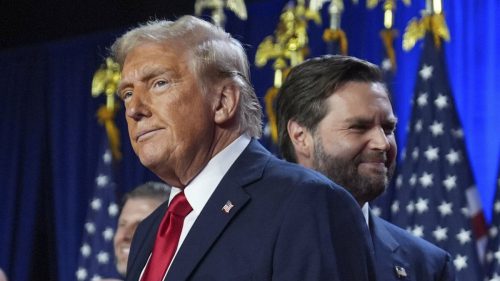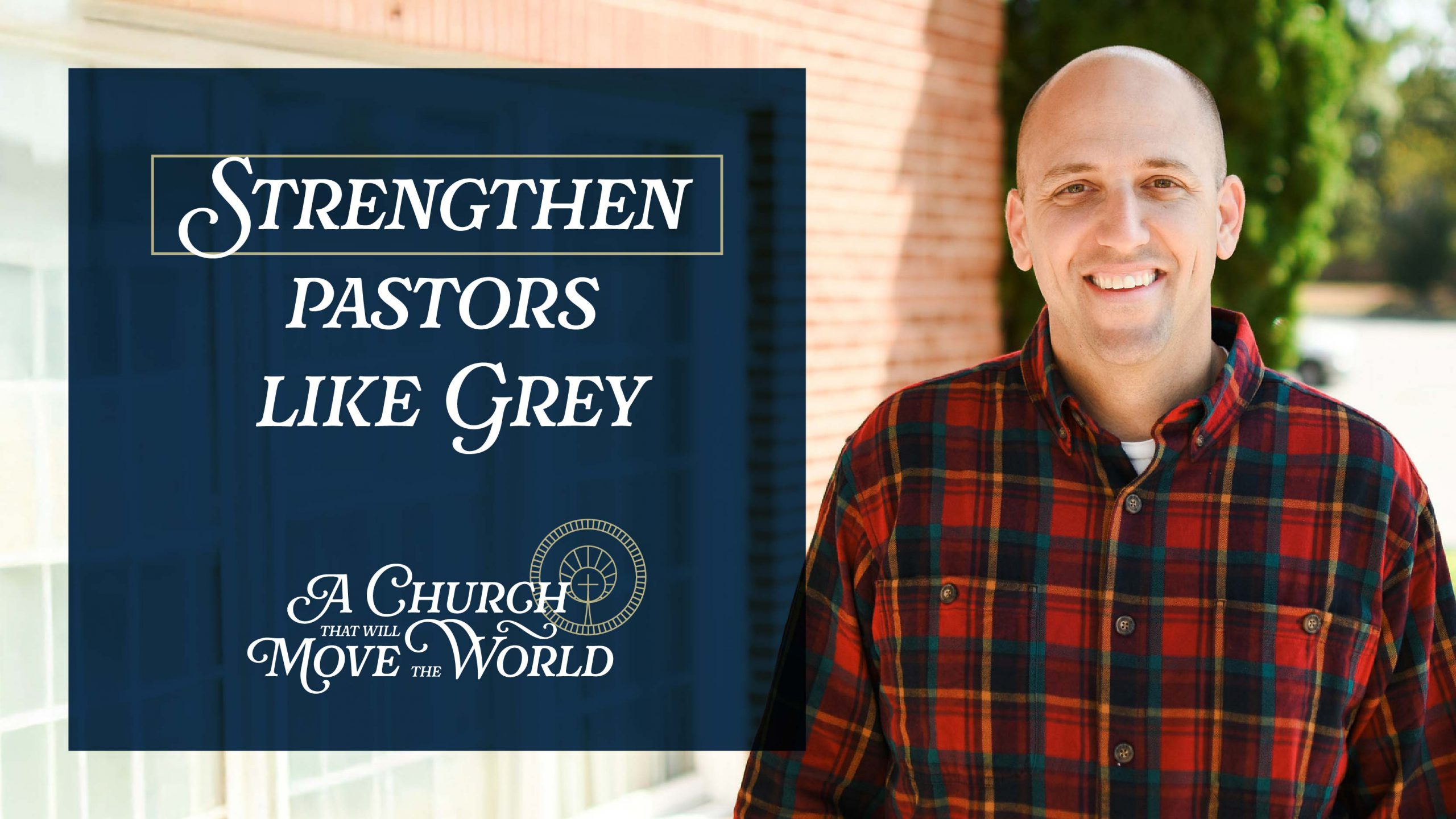


We tell ourselves about ourselves not with charts and graphs, but with stories.
And there’s been no genre of story-telling that has done more to tell Americans – and the world — about America than the western. It is not a stretch to say that all American literature is really western literature. When Hawthorne wrote The Scarlet Letter, he wrote of a Massachusetts that still had wild country. Twain’s Huckleberry Finn had young Huck “lightin’ out for the territory” at the book’s conclusion. Even such late 20th and early 21st century science fiction fare as “The Martian” and “Westworld” can’t leave the western alone. “Star Wars” has been described as “cowboys and Indians in space,” complete with a memorable frontier bar scene. The NetFlix series “Longmire” achieved critical and commercial success re-tooling many of the same ideas we find in early western books and movies.
A part of the enduring appeal of the western – both in print and on film – is that it often highlights the conflict between good and evil, a conflict that modern and post-modern minds often avoid but which has enduring resonance and relevance. Westerns often feature characters broken by this fallen world, on some sort of a search for redemption, or justice. Most Hollywood westerns do not fully or accurately portray the full biblical story of creation, fall, redemption, and restoration. However, the best westerns give us powerful glimpses, inklings, of these ideas.
These are all reasons I have tried my own hand at writing a western, and why I continue to find westerns to be a kind of catnip for my mind and soul: movies I can’t resist and which cause my mental synapses and my “moral imagination” (to use Burke’s expression) to come alive.
So with all of these ideas in mind, I share with you this baker’s dozen of westerns (listed in alphabetical order) that have had a powerful impact on the cultural imagination, movies that have shaped the stories we tell about ourselves.
Dances with Wolves (1990). Written, directed, and produced by Kevin Costner, this movie won seven Academy Awards and is credited with revitalizing the western genre. It is sometimes overly sentimental for my taste (and overly long), but it has many virtues and had an undeniable impact on the neo-westerns that followed.
High Noon (1952). This movie tells us much about the tension in American life between the ideals of community and the American ideal of the rugged individualist. Religion is an important sub-text in this movie, as sheriff Gary Cooper is newly married to a pacifist Quaker, played by Grace Kelly. The decisions he and the town make to confront the evil-doers in the film highlight one of the film’s marketing messages: “Lonely are the Brave.”
High Plains Drifter (1973). Clint Eastwood’s “Man Without A Name” rides into town seeking justice, and he will not be denied. As in “High Noon,” (and “Open Range,” below) this film highlights how hard it is to leave violence behind, the consequences of living outside the boundaries of rules and law, and the role of the community and the individual in standing up to evil.
Jeremiah Johnson (1972). If for no other reason, this movie should be on the list because of its impact on the business of filmmaking. It was one of the first true “indie” films, and the success of the movie allowed Robert Redford to establish the Sundance Film Festival, which nurtured the burgeoning independent film movement. (The movie was shot for $3-million and pulled in more than $40-million.) This rough-around-the-edges, shot-on-the-run film is the locus classicus for the independent film movement, and it tackles some of the “big ideas” of the American western, including the relationship between Europeans and indigenous people, the power of love, the power of forgiveness, and the self-destructiveness of revenge.
Lonesome Dove (1989). Spectacular scenery, great acting from a large ensemble cast, and a story that draws you in from the opening scenes all make “Lonesome Dove” a classic. Yes, it’s not a movie, but a TV mini-series, but it has everything you could hope for in a great western, so it appears on this list without apology.
The Man Who Shot Liberty Valance (1962). This movie was an attempt to bury the western, but it ended up being an homage to it. It also indicts modernity’s tendency to forget its history. It concludes with one of the most famous lines in any western movie, and one that might serve as a raison d’etre for this very list: “This is the west, sir. When the legend becomes fact, print the legend.”
Open Range (2003). With “old hands” Kevin Costner and Robert Duvall at the top of the bill, you could guess that this movie would be good, but just how good it is comes as a bit of a surprise. Unlike the townsfolk in “High Plains Drifter” or “High Noon,” in this movie the community stands up to the bad guys – though not before getting a little help from a retired gunslinger (Costner). In the end, community and family prevail, giving this at times very violent western an unexpected and emotionally satisfying conclusion.
The Outlaw Josey Wales (1976). Another film starring and directed by Clint Eastwood, this movie debuted when Vietnam was still an open wound in the American psyche. It is both an anti-war statement and a plea for forgiveness, peace, and healing.
Ride The High Country (1962). This movie was Sam Peckinpah’s second movie and film icon Randolph Scott’s last. It is both an homage to the westerns of the past, but also a look forward to the neo-western revisionism and merciless violence that became Peckinpah’s trademark. (He became known in the industry as “Bloody Sam,” and not for nothing.) This movie was one of the first to portray the west as dirty and gritty and brutal at ground level, though if you look up you see some of the most majestic scenery on the planet. The closing scene of this movie, in which a dying Randolph Scott does just that, is one of the iconic shots in all of cinema.
Shane (1953). The story of the drifting gunslinger in search of redemption has become a trope of westerns – we’ve seen it several times already on this list. And we must admit that others have taken the idea and enlarged and deepened it since 1953. Still, Jack Schaeffer’s novel and Alan Ladd’s depiction of the title character have both artistic and undeniable historical significance.
Tender Mercies (1983). Wait, “Tender Mercies” is a western? As western character actor Chill Wills might say: “You’re darn tootin’ it is.” Robert Duvall’s gun is a guitar, but in some ways this 20th century morality tale out-westerns the westerns, especially if you remember that no less a figure than Woody Guthrie painted this legend on his guitar: “This machine kills fascists.” This movie also explicitly celebrate community, love, the church, and music as powerful forces in taming the wild country of the west – and of the heart.
True Grit (2010). While the original had many charms and gave John Wayne his only Academy Award, I much prefer the Coen Brothers’ version. It sticks closer to the King James English of Charles Portis’ novel, and – for all the Duke’s virtues – he was not in the same acting league as Jeff Bridges. And Matt Damon and Haillie Steinfeld are serious improvements over Glen Campbell and Kim Darby.
Unforgiven (1992). The ultimate revisionist western, and yet one more both starring and directed by Eastwood, it nonetheless can’t escape that most biblical and most western inevitabilities: “the wages of sin is death.” Remarkable performances from Eastwood, Morgan Freeman, and Gene Hackman, with strong supporting players.
EDITOR’S NOTE: The Colson Center will host an on-line short course on media, beginning April 17 and running for four consecutive Tuesday nights. One of those nights will be devoted to movies, and will feature Dr. Ken Boa. To find out more, click here. To get a copy of Warren Cole Smith’s western novel Print The Legend, click here.
Have a Follow-up Question?
Want to dig deeper?
If you want to challenge yourself as many others have done, sign up below.














